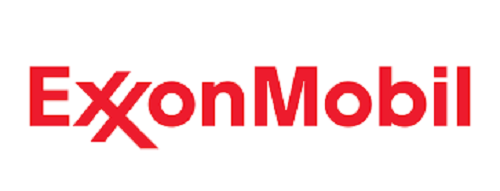Crude exports of Nigeria’s key crude Qua Iboe are set to resume for the first time in almost six weeks after a fire at the terminal halted production and loadings, shipping and trading sources said Jan. 22.
A source at ExxonMobil confirmed it had lifted force majeure on Qua Iboe crude loadings.
Qua Iboe production started to ramp up to normal levels of 200,000 b/d in the past week, according to sources, with the release of both the February and March loading programs.
The VLCC Dalia was also in the process of loading a 1-million-barrel stem at the Qua terminal since Jan. 21, according to data intelligence firm Kpler. This will be the first export of Qua Iboe since December, 2020.
Qua Iboe is one of Nigeria’s largest export grades, and is very popular among global refiners, with India, the US, Canada, Italy, Spain, Indonesia, and the Netherlands being key buyers.
Qua Iboe prices have taken a hit as a result of the disruption. S&P Global Platts last assessed the grade at a discount to Dated Brent of 50 cents/b, down from a premium against the benchmark in December.
Bonny Light, a mainstay Nigerian crude which typically trades at roughly the same level as Qua Iboe, was last assessed 30 cents/b higher.
“If you get a cargo of Qua now it could be 50 cents to a dollar below Bonny even,” a trader said. “A January cargo is completely out of cycle and the reliability issues mean people won’t touch it.”
February and March loading programs have been issued for Qua Iboe averaging 169,643 b/d and 153,226 b/d respectively.
Prices for Nigerian crude have suffered in recent weeks, even with lower supply due to the outage.
Indian demand has steadied following a buying spree late last year, and European demand has been hit by renewed coronavirus lockdowns in the region.
“[The return of Qua Iboe] is not what WAF differentials needed,” another trader said.
Production of this key grade ranged between 180,000-220,000 b/d in 2020, according to S&P Global Platts estimates.
Qua Iboe is a light sweet crude, which has a gravity of 36 API and sulfur content of 0.13%. The crude, produced from fields 20-40 miles off the coast of southeast Nigeria, is brought to shore at the Qua Iboe terminal via a seabed pipeline system.


Comment here